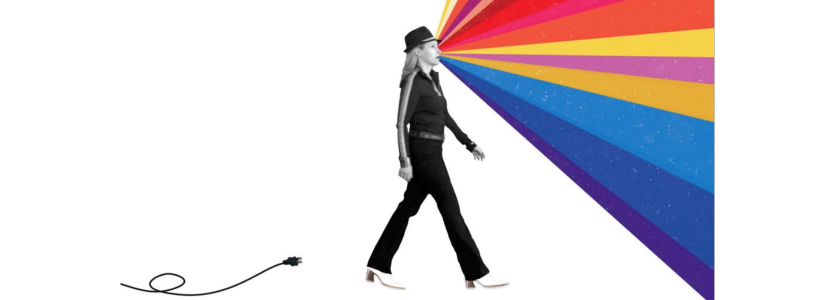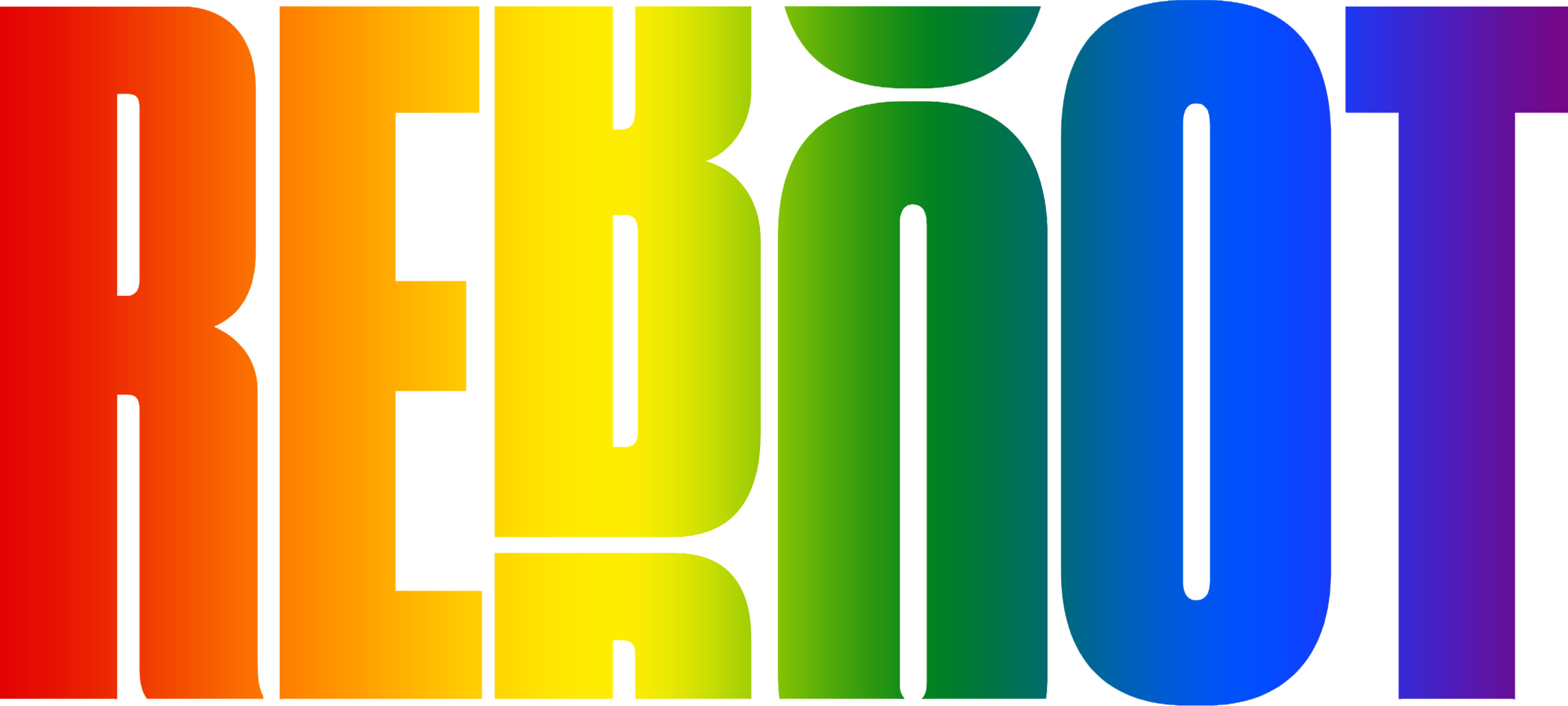
Tiffany Shlain is an artist, Emmy-nominated filmmaker, and author of the national bestselling book 24/6: Giving up Screens One Day a Week to Get More Time, Creativity, and Connection, which won the Marshall McLuhan Outstanding Book Award. Working across film, art, and performance, Shlain’s work has been showcased at The Museum of Modern Art, the National Women’s History Museum and the Sundance Film Festival. Shlain’s next art exhibition is for The Getty Pacific Standard Time Art: Art & Science Collide at the Skirball Cultural Center set for 2024 in Los Angeles. Shlain lectures at companies and organizations on integrating Tech Shabbat, a day without screens each week, into people’s lives. www.tiffanyshlain.com follow on social-> @tiffanyshlain
Order the book 24/6-> here
More than three thousand years ago, the concept of Shabbat transformed the world. Before then, time had no pauses: it was day after day after day. Shabbat made it so each week ended with a day off, for everyone, of every social class. The run-on sentence of time got a period, and humankind got a chance to catch its breath and focus. All these years later, taking a full day off lets us be present with one another, appreciate the small things, daydream, and perhaps get a different viewpoint on living. It encourages resourcefulness and recalls a simpler time. Doing something the same day as others all over the world, as one does with Shabbat though there are sliding timezones, also reminds us that we are connected to something larger than ourselves.
When the day of rest originated, it changed the world. It began when an ancient desert tribe, the Hebrews, started observing a weekly day of rest they called Shabbat, or Sabbath, which was enshrined as the Fourth Commandment. The fact that a few people just put down their plows and took a day off might not sound like much, but it was huge. First of all, it’s what actually gave us the week. Without breaks, it was endless day after day. Shabbat was the beginning of giving the world defined times. There was sacred time, and there was regular time. There was time to work, and there was time to rest and recover, to connect and do the big-picture thinking that drives culture forward.
So how exactly did this concept come about? Some scholars believe the Sabbath was originally observed monthly, on the full moon, rather than weekly, and was a day of worship, rather than rest. The name may come from sa-bat, full moon or “midrest” in Sumerian, or shap battu, “fifteenth day” in the Semitic Akkadian language.
At some point, however, Shabbat became a joyous, communal event that took place every seventh day, and the seven-day week was born. Why seven days? That’s not entirely clear, but seven was a meaningful number in the ancient world, often signifying fullness and completion, as suggested by the Old Testament creation story.
When the Jews went into exile, beginning in 568 BCE, what had been a practice centered around a place—the Temple— now became a practice centered around a time. If they couldn’t gather at a specific place, they would now gather at a specific time to observe specific rituals. Once Shabbat came to mean a communal, recurring seventh day of rest and worship, it started producing large, widespread cultural changes. In a time of servitude, the Sabbath was an early call for labor rights as well as class equality, as the Fourth Commandment made clear it was a day off for everyone, even animals. Thousands of years before our current concerns about animal rights and growing economic disparities, the ancient Hebrews established a way to make everyone equal, every week.
Shabbat created time for education, worship, reflection, andthe thoughtful contemplation that leads to creativity. It allowed time to build family bonds, both metaphorically and literally: it was a double mitzvah (Hebrew for “a good deed”), the rabbis said, for married couples to have sex on Shabbat. Which brings us to the next quality each observation of Shabbat must include: joy. The Sabbath was, by biblical decree, to be a “delight.”
I am, self-defined not a religious Jew, and yet I still get a lot from the traditions. The Ten Commandments tell us how to live a meaningful life. The fact that Shabbat is number 4 strikes me as profound. Shabbat comes before “Honor thy mother and father” and “Thou Shalt not commit murder.”
For some Jews, Shabbat means observing the day as prescribed by the Talmud. Others mark the day in their own way. Following a series of conversations Reboot launched The National Day of Unplugging as a way to rethink Shabbat in the 21st century and when in 2010 they asked me to participate, I was all in. At the time,I needed a drastic change. Within a number of days, my father had died and my daughter had been born. These life-altering events made me think about the brevity of our time here, and question how I was spending it. I didn’t like where we seemed to be headed, with everyone staring at screens instead of connecting with the people we love right in front of us. I needed a revolution to transform the situation, and I found it…in Shabbat. For twenty-four hours, my family and I went screen-free. Eleven years later, we’ve done it nearly every Saturday since. Establishing what we call a weekly Tech Shabbat is the best decision we ever made.
Each week I get a full reset. Afterward, I’m much more productive and efficient, with positive effects that radiate out to the other six days. It feels like a vacation every week. We look forward to it with the same anticipation, and it provides that same feeling of deep relaxation we get when we go away. Because it expands your sense of time, it makes your day off feel like two days in one. Going screen-free once a week is like having a metaphysical remote control, with a pause button for the 24/7 world, that turns your life back on.
All these years later, practicing our version of Shabbat helps my family be present with one another, appreciate the small things, we laugh more, feel more creative, daydream, and get a different viewpoint on living. You don’t have to be orthodox to observe a full day of rest for Shabbat, and you can observe it in your own way. That was a revelation to me: this ancient wisdom from our people that is available to everyone, however you define your Judaism. Anyone who’s spent a Shabbat in Israel — where the day is special and different for religious and secular alike — knows how powerful the experience can be.
The Commandment to keep Shabbat may be carved in stone, but the way people have observed it isn’t. From biblical times to now, every generation has adapted it to suit the age, and even the most traditional observation of the Sabbath is very different than it was three thousand years ago. Every tradition was once an innovation. Let’s use this modern twist on an ancient idea to make a new one.
